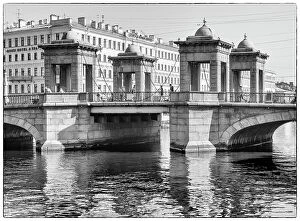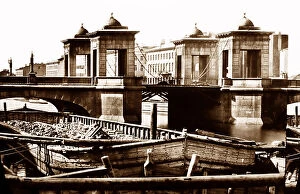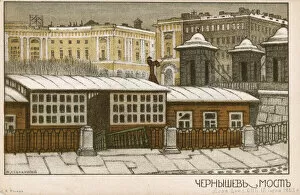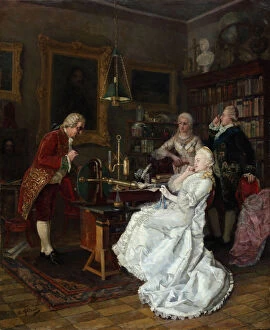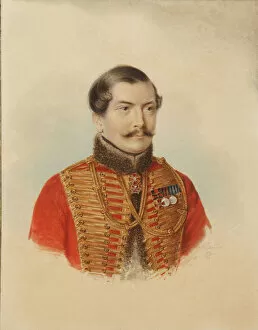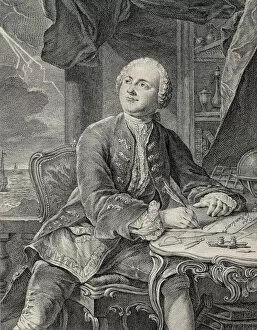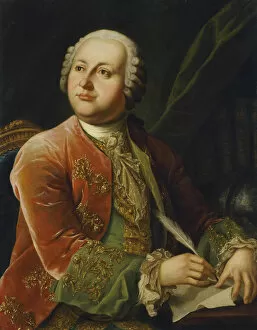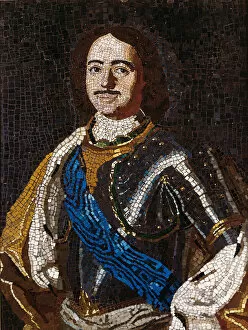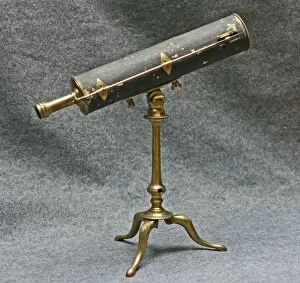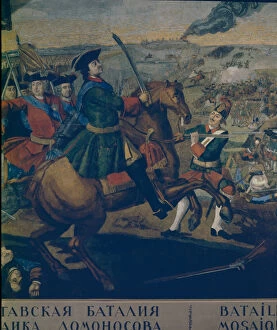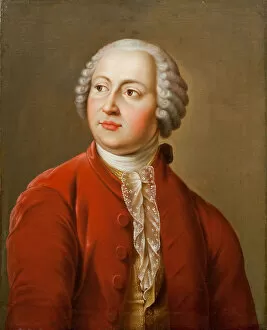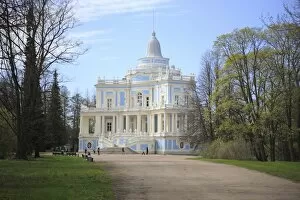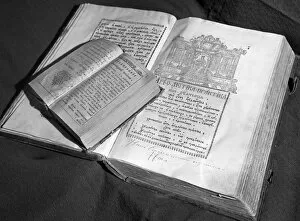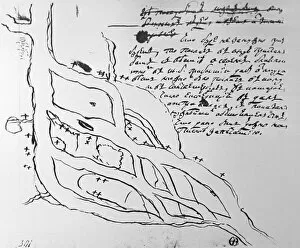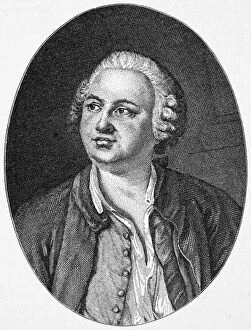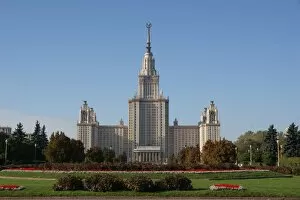Lomonosov Collection
"Lomonosov: A Bridge Connecting History and Knowledge" The Lomonosov Bridge, located in the enchanting city of Saint Petersburg, Russia
For sale as Licensed Images
Choose your image, Select your licence and Download the media
"Lomonosov: A Bridge Connecting History and Knowledge" The Lomonosov Bridge, located in the enchanting city of Saint Petersburg, Russia, stands as a testament to both architectural beauty and historical significance. Built during the Victorian period, this bridge gracefully spans across the Fontanka River, offering a picturesque view of the surrounding landscape. Mikhail Vasilyevich Lomonosov, an esteemed scholar and polymath, is forever intertwined with this iconic structure. In 1884, artist Fyodorov captured Empress Catherine II's visit to Lomonosov himself in a stunning painting. This meeting symbolizes the recognition and admiration bestowed upon him for his immense contributions to Russian academia. Lomonosov's legacy extends beyond his own lifetime. Alexander Grigoryevich Lomonosov immortalized Mikhail through his portrait in 1837 – a poignant depiction that encapsulates his intellectual prowess and profound impact on society. Another anonymous artist from the second half of the 18th century also paid tribute to Mikhail Vasilyevich Lomonosov through their artwork. This portrait serves as a timeless reminder of his brilliance that continues to inspire generations even today. Not only was he revered for his intellect but also for his artistic talents. In 1754, Mikhail Vasilyevich Lomonosov himself painted Emperor Peter I the Great – showcasing not only his scientific mind but also his artistic versatility. One cannot discuss Lomonosov without acknowledging some of his remarkable inventions. The Gregorian telescope created between 1736-1748 by Claude Paris stands as evidence of Mikhail's innovative spirit and dedication to advancing scientific knowledge. Furthermore, one must mention "The Battle of Poltava, " another masterpiece crafted by none other than Mikhail Vasilyevich Lomonosov himself between 1762-1764. This detailed portrayal captures an important moment in history while highlighting both Mikhail's artistic prowess and his deep understanding of military strategy.

